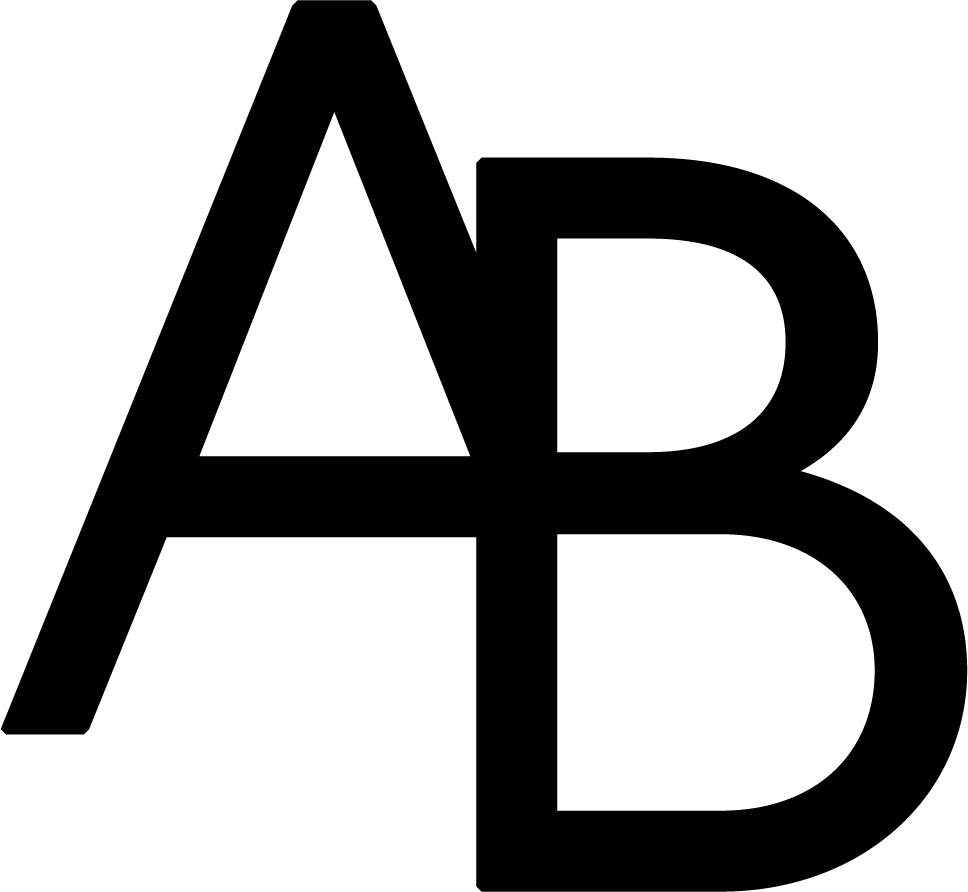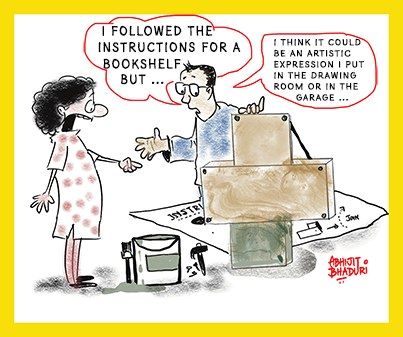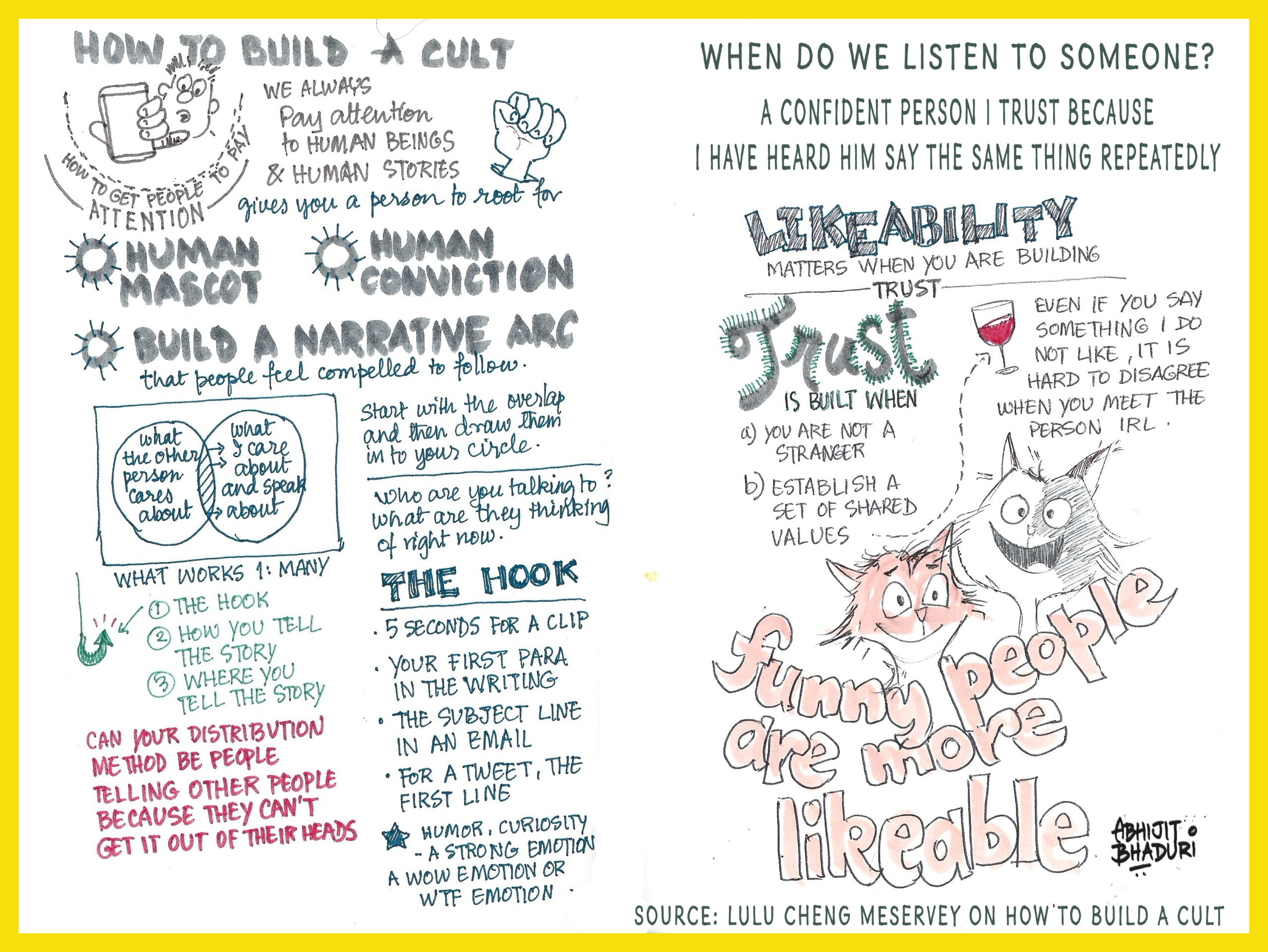
Who Are You, Really?
Most of us don’t sit around wondering what our identity is. But if someone asked, “Who are you?” what would you say?
Chances are, you’d start with your job title, where you’re from, maybe your industry or company. You might add a few personal things—parent, partner, runner, dog lover. But for most working adults, work plays an outsized role in shaping identity.
Where we work, what we do, how much we earn, the cities we live in, and the circles we move through—they all come together like a jigsaw puzzle. Over time, we start seeing ourselves through the lens of that completed picture. But what happens when the puzzle pieces shift—or get taken away altogether?

The Identity Puzzle Is Being Rebuilt Constantly
Work used to be a relatively stable part of life. You chose a career path, stuck to one industry, maybe worked your way up in one or two companies. Your skills had a longer shelf life. Your geography shaped your work-life. You stayed “in sync” with the system.
But now?
• Job changes are frequent—voluntary or not.
• Skills expire fast—the half-life of a technical skill is now just a few years.
• Remote work means we’re less tied to one place or one team.
• Generational diversity brings different values, communication styles, and tech comfort levels.
• Information is instant and everywhere—and so are comparisons, pressure, and disruption.
Each of these shifts your work identity. Together, they completely reshape how we see ourselves, sometimes without us even realizing it.
The Slow Burn of Uncertainty
It doesn’t hit all at once. At first, it’s subtle—like background static you can almost ignore. But slowly, almost imperceptibly, things begin to shift. You start second-guessing yourself in meetings, especially when younger colleagues speak with quick confidence. You hold back—not because you don’t know the answer, but because you’re no longer sure your answer holds weight. The certainty you once carried starts to flicker. Skills that once set you apart now feel… dated. The conversations move faster, the culture feels different, and you begin to wonder: Am I still relevant?
It’s not just doubt—it’s something deeper. Like a quiet unraveling of the identity you spent years building. The puzzle pieces of your career—your achievements, your reputation, the things you thought defined you—suddenly don’t fit the picture anymore. And in the stillness, a more unsettling question rises:
“If I’m not who I used to be at work… then who am I now?”
Is This a Midlife Crisis—or Just a Modern Career Crisis?
We often associate this identity struggle with midlife. And yes, it often hits hardest then—when the old playbook stops working. The rules of success change. Promotions slow. Feedback becomes vague. You may still be competent, but you’re no longer central.
But let’s be clear:
A “midlife crisis” doesn’t need to wait until your 40s or 50s. It can hit at any age—your late 20s, 30s, or even after your first layoff or big career pivot.
It’s less about age and more about feeling out of sync with how you thought your career (and your self) would evolve. When the outer world changes faster than your inner compass can keep up, the result is confusion, loss of confidence, and often, anxiety.

Ideas to try out
Reinvention doesn’t mean tearing everything down. Here are five practical things anyone can do:
1. Audit Your Identity Beyond Work
Ask yourself: Who am I outside my job?
Write down 10 roles you play that aren’t linked to a job title. (Think: mentor, sibling, guitar player, creative thinker, community builder, curious learner, etc.)
This reminds you that work is one piece of the puzzle—not the whole picture.
2. Re-skill in Micro Steps
You don’t need to do a full career pivot to stay relevant.
Pick one new skill—maybe something adjacent to your work—and learn it. Take a free course. Try a mini project. Relevance builds through small wins, not giant leaps.
Pick something that excites you, not just what the market demands. Grow your hobbies – get better at it.
3. Reconnect with Younger (and Older) Voices
Talk to people at different career stages.
You’ll learn what’s shifting, what’s staying, and how people are navigating uncertainty. Intergenerational conversations give you a broader view—and often, unexpected inspiration.
4. Stop Waiting for Permission to Lead
You don’t need a title or invite to share your voice.
Start a blog, mentor someone, post your insights on LinkedIn, or host a peer circle. Influence today is earned through visibility and value, not hierarchy.
5. Own Your Story—Don’t Outsource It
Your career path might have twists, pauses, and pivots. That doesn’t make it a mess—it makes it real.
Craft your story around your growth, choices, and lessons. When you tell it well, others stop seeing your past as patchy—and start seeing it as powerful.
Men and women experience it differently
While identity shifts affect everyone, gender adds nuance.
• Men often tie identity to influence and control. When those fade, the crisis feels like a loss of power. The path forward often includes legacy work, mentoring, and redefining value beyond titles.
• Women face added layers of visibility, bias, and stereotype. Reinvention often involves asserting presence, owning expertise, and refusing to be overlooked.
Let Go of the Old Puzzle. Start a New One

You are not your last job title. You are not your age, your number of followers, or your annual review.
Your identity is not fixed—it’s a living, evolving map. And you get to redraw it. So if you’re feeling out of step, uncertain, or invisible—pause. Breathe. And start rebuilding. One piece at a time.
Because relevance isn’t something you have. It’s something you design.
#IdentityCrisis #ReinventYourself #WorkAndSelf #RelevanceInWork #ModernCareers #PersonalGrowth #Resilience #careerchange #reinvention #identityatwork #midlifecrisis #futureofwork #workidentity



